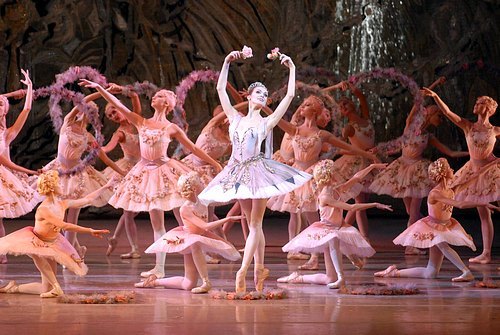This is one of the most breathtakingly beautiful places on earth, and virtually any building in the large historic center, threaded with canals dotted with baroque bridges, can be considered an attraction—and indeed, it is a UNESCO World Heritage site. This is a magical city, with a long list of major attractions. Its Hermitage Museum, housed in the Winter Palace of the Romanov Dynasty, is both one of the world’s greatest and oldest collections of art, treasure, and antiquities, and one of its most beautiful buildings.
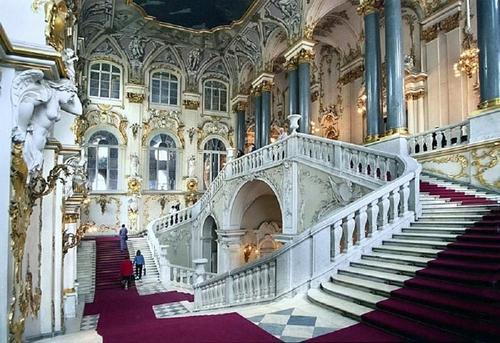
If it was my first time to visit St Petersburg, and I did it now, in 2014, as a foreigner, I would say wow!!! – “Such a beautiful city, placed in the middle of a very different looking country. It is a Venice of the Northern Europe, no more and no less!”
Summer and Winter Gardens, Hermitage, Peter and Paul Fortress, it is a Disney Land of the 18th century Europe, no more and no less.
I was born in USSR in 1960 when St Petersburg was called Leningrad. In the annals of history we studied, St. Petersburg had been the capital of Russia. The Government was overtaken by The Temporary Government in February 1917, the city was renamed Petrograd in the proper Russian way. It was later, overtaken by the Bolsheviks on the 25th of October 1917. It was renamed Leningrad to commemorate the most loved leader of the working people. Is that it for the history of St. Petersburg?
I will tell you the story from the point of view of a very little girl who grew up in USSR, who was familiar with the officialdom of the history of the country, who knew nothing better, than to trust in the open and to doubt in hiding, who learnt studiously the history and tried to discover the facts behind the lies.
Leningrad to me, was a dream, to finally come true. When I was 12, my school chose the “chosen” ace kids to go to Leningrad school for an exchange for two weeks. I don’t know, what my city of Belgorod could offer for this exchange, apart from the warm weather, but an exchange it was.
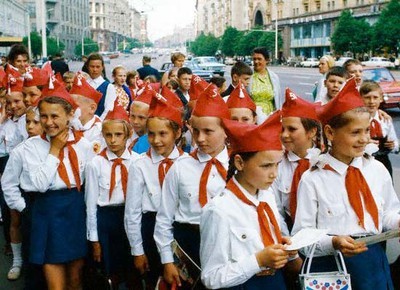
We went in a bus via the outskirts of Moscow (Moscow Outer Circle Road), through one of the oldest cities of Russia, called Novgorod (New City, no more no less, of 1220 AC), and straight to the city centre of Leningrad. The ride lasted for two days. When we approached the city centre of Leningrad and we saw the most beautiful cake/bread shop, we behaved in all honesty like a herd of wild tigers let free by Putin into China (not so long ago). The people in the queue asked us whether we were from Moscow, in the same way people from San Fransisco would ask a rude misbehaving person in a supermarket queue, whether he was from New York. We settled in the old school gymnasium, and after two days of riding on the bus, we fell in the thick of the sleep slumber. Straight on the floor mats which was a plenty. For 5 consecutive days we had dozens of excursions all of which, tried to reconcile the history for us with the history of communism, via the history of Peter The Great, who built the city on the swamps in 1703, via Decembrist movement (first aristocrats-rebels) in 1825, via the serfs liberation reforms in 1861, via the first failed revolution in 1905 and via the second successful revolution in 1917…Via relocation of the capital to Moscow and via the siege of Leningrad which lasted 3 consecutive years – from 1941-1944 inclusive. These 5 days gave me my first sense of pride – I saw the most beautiful city in the most beautiful country in the world.
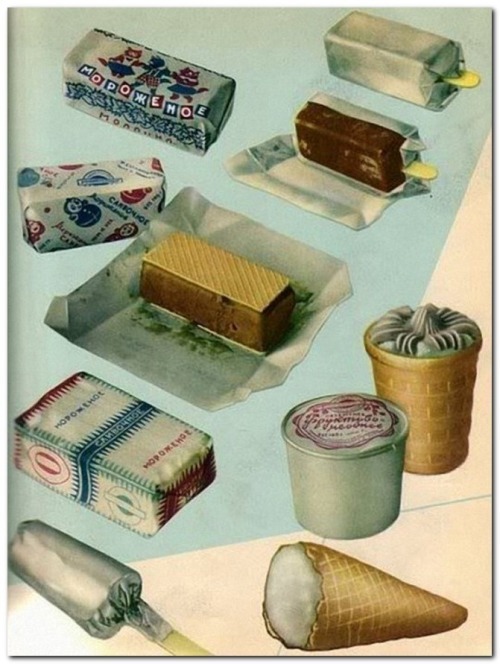
These 5 days inspired me for the rest of my life to look for a beauty in my life, to find a place to live, which was not anymore offensively ugly. Forget Western Siberia, and Belgorod (a little after that, I lived in Moscow, Roma, Vienna, and …Sydney).
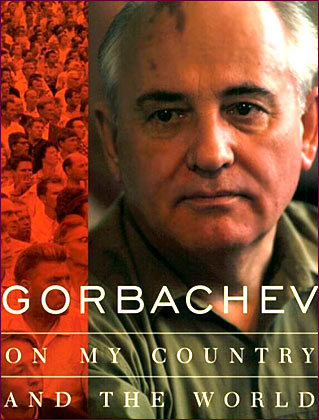
My second visit to Leningrad happened during perestroika, in 1986. It was in January, in the coldest January since 1941. Coincidentally, it was 45 years since the start of the siege of Leningrad. I was sent to study some obscure accounting software for some obscure computers made in USSR. It was bitterly cold in the dormitory of the University of Finance where we all stayed. But it was the time of perestroika, and the genie of the evil spirit of Stalin was let out the bottle. Leningrad, once again, became the vanguard of everything progressive. We went to the concerts of “Time Machine” (Mashina Vremeni – prohibited in Moscow), to the lectures of Vitaly Korotich , the editor of “Flame” (Ogonyok), the most readable and the most progressive weekly edition in USSR. The old age communists whistled and booed him at this lecture.
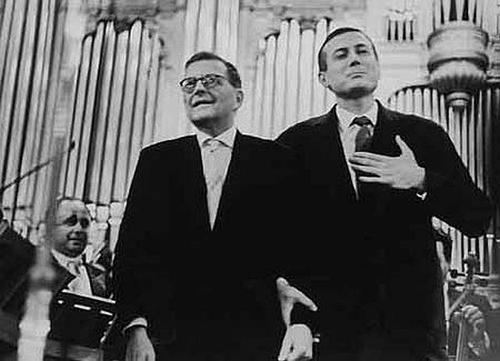
We listened for the first time to the Poem “Babiy Yar”, prohibited since 1960-s and read by the Soviet poet Evtushenko. And look, we were not arrested. It was another country, elevated by hope and by love to “thy” neighbour.
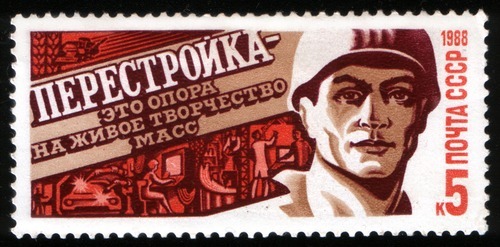
My third visit to Leningrad happened after Putin came to power. He is also from Leningrad. By that time, the city was called St Petersburg. It was a rather neglected city, aged beyond belief, but nevertheless beautiful. It gave away an impression of past glory and not so much of the future. The new cafes and coffee shops, however, were bursting with life and witty interiors. The canals were frozen, the winds were strong, the bridges were the same – I counted them again and again. But the Hermitage desperately needed renovation and the buildings looked like they also needed a facelift. The main feeling was that the decadent, progressive city evolved into a city chained and waiting to be released when the time was right.
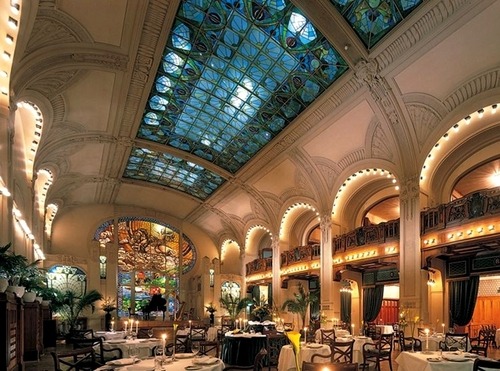
Yet again it became the city of Gogol and Dostoevsky, depressed and physically unwell.
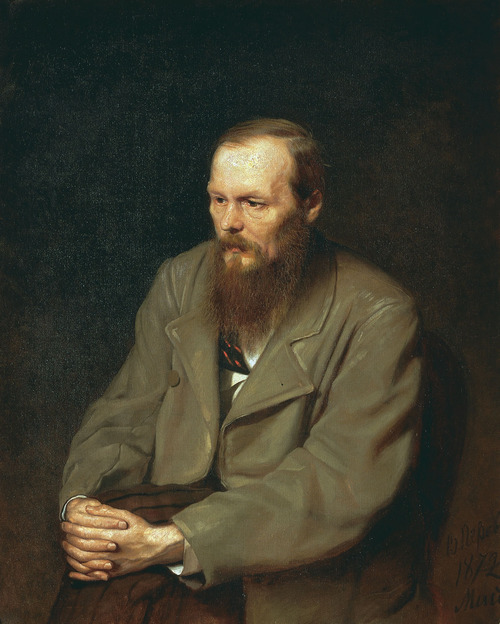
Since the early noughties, St Petersburg became more radicalised, more homophobic, more racist…For the Russian people to become racist, there needs to be a heating from inside to the point of explosion. When there is no steam outlet there, the kettle whistle never whistles. It is called displacement in psychology.
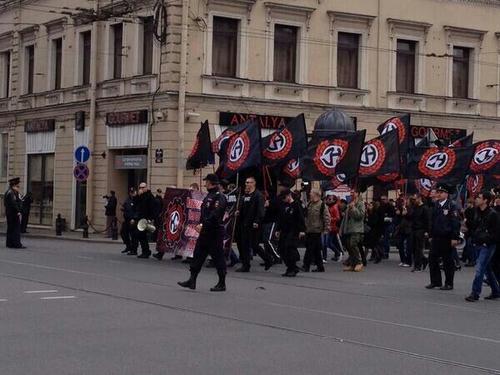
A little bit of history:
Saint Petersburg was founded by Peter The Great, on May 27 1703. Between 1713–1728 and 1732–1918, Saint Petersburg was the imperial capital of Russia. In 1918, the central government bodies moved from Saint Petersburg (then named Petrograd) to Moscow. It is Russia’s 2nd largest city after Moscow with 5 million inhabitants..
Saint Petersburg is often described as the most Western city of Russia, as well as its cultural capital. The Historic Centre of the City constitute UNESCO protected cultural site.(8000 monuments are UNESCO protected). Saint Petersburg is also home to Hermitage, one of the largest art museums in the world. Louvre and Hermitage are still competing for this title.
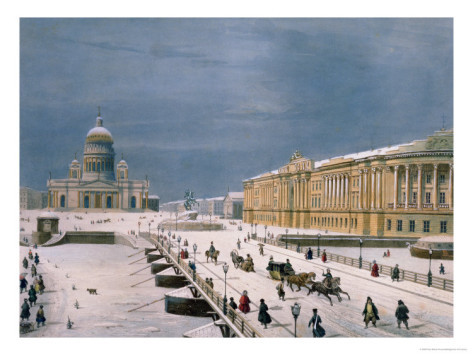
Peter the Great was interested in seafaring and maritime affairs, and he intended to have Russia gain a seaport (“window to Europe”), so it could trade with maritime nations. He needed a better seaport than Archangel, which was on the White Sea to the north and closed to shipping for months during the winter.
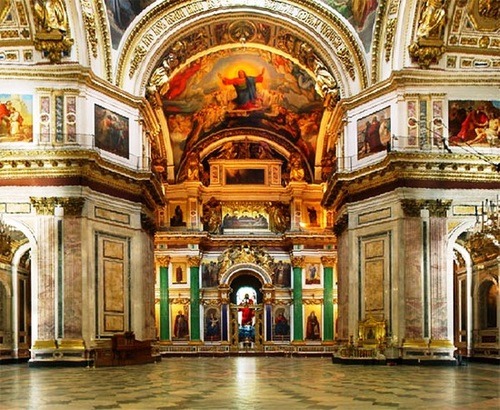
During its first few years, the city developed around Trinity Square on the right bank of the Neva, near the Peter and Paul Fortress. However, Saint Petersburg soon started to be built out according to a plan. By 1716, Domenico Trezzini, had created a project, where the city centre would be located on Vasiliyevsky Island and shaped by a rectangular grid of canals. The project was not completed, and is evident in the layout of the streets. In 1716, Peter the Great appointed Jean Baptiste Alexandre De Blonde as the chief architect of Saint Petersburg.
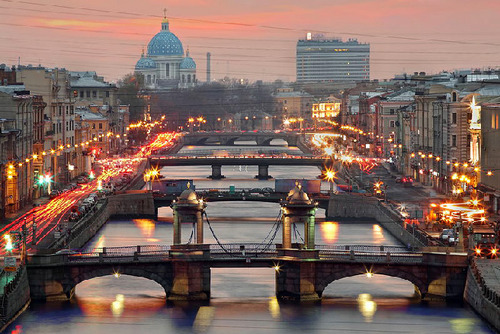
In 1725, Peter died at the age of fifty-two. His endeavours to modernise Russia had met with opposition from the Russian Nobility —resulting in several attempts on his life and a treason case involving his son. In 1728, Peter II of Russia moved his seat back to Moscow. But four years later, in 1732, under Empress Anna Of Russia, Saint Petersburg was again designated as the capital of the Russian Empire. It remained the seat of the Romanov Dynasty and the Imperial Court of the Russian Tsars, as well as the seat of the Russian government, for another 186 years until the October Revolution of 1917.
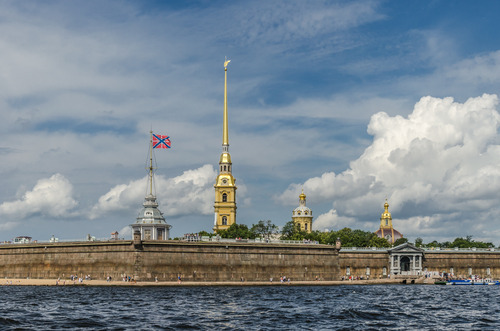
In 1825, the suppressed Decembrist Revolt against Nicholas I, took place on the Senate Square in the city, a day after Nicholas assumed the throne.
The Revolution of 1905 began in Saint Petersburg and spread rapidly into the provinces.
On 1 September 1914, after the outbreak of WW1, the Imperial government renamed the city Petrograd, meaning “Peter’s City”, to remove the German words Sankt and burg.
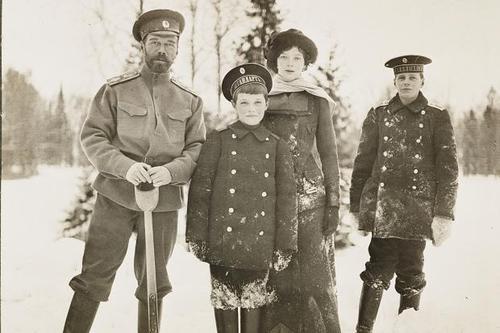
In March 1917, during the February Revolution, Nicholas II abdicated both for himself and on behalf of his son, ending the Russian monarchy and over three hundred years of Romanov Dynastic Rule.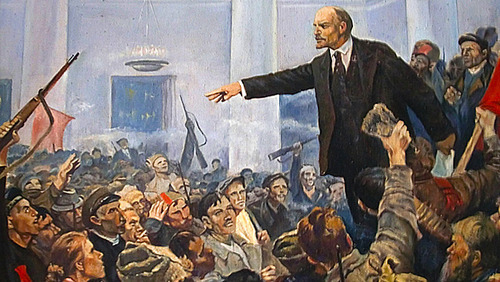
On November 7, 1917 (Julian Calendar, October 25), the Bolsheviks, led by Vladimir Lenin, stormed the Winter Palace in an event known thereafter as the October Revolution(there was not much to storm, to tell you the truth), which led to the end of the post-Tsarist provisional government, the transfer of all political power to the Soviets, and the rise of the Communist Party. After that the city acquired a new descriptive name, “the city of three revolutions”, referring to the three major developments in the political history of Russia of the early 20th-century.
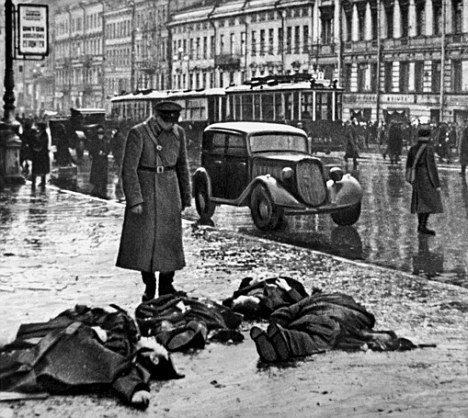
During World War II, Nazi Forces besieged Leningrad following the Axis invasion of the Soviet Union in June 1941. The siege (“blokada”) lasted 872 days, from September 1941 to January 1944.The Siege of Leningrad proved one of the longest, most destructive, and most lethal sieges of a major city in modern history. It isolated the city from most supplies except those provided through the Road of Life across Lake Lagoda. More than one million civilians died, mainly from starvation. Many others were eventually evacuated or escaped, so the city became largely depopulated. My own father’s auntie survived the siege, but died 10 days after from the consequences of food deprivation. Shostakovich dedicated his longest and the most famous 7th symphony to Leningrad and the people living under the siege. It was completed in December 1941 and is called Leningrad.
In 1960 they opened Piskarevsky Memorial with the words engraved at the entrance:
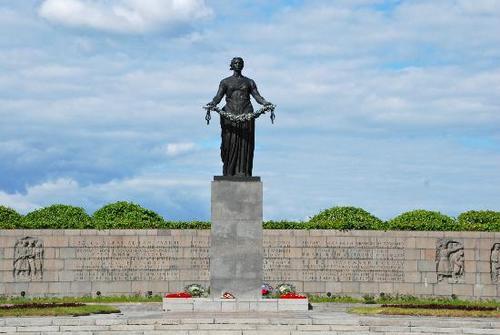
“From the 8th of September 1941 till 22nd of January 1944, there were 107185 bombs dropped at the city from the planes, 148478 of live ammunition, 16744 people were killed, 333782 wounded, 642803 persons died from starvation.”
There is a permanent heartbeat of the metronome upon the entrance to the cemetery. The diary of Tatiana Savicheva whose whole family died from starvation during the siege, is displayed in two pavilions of the cemetery. The diary is eerily similar to the diary of Anna Franck. Maybe all human suffering is eerily similar?
The wars and revolutions, this city lived through, makes it one of the most suffering city in the world. And yet, the soul of Leningrad is not destroyed.
It might have hardened, bit it lies in waiting for the winds of freedom coming its way…See you soon, one of the most beautiful cities on Earth…
My love, my youth, my dream
